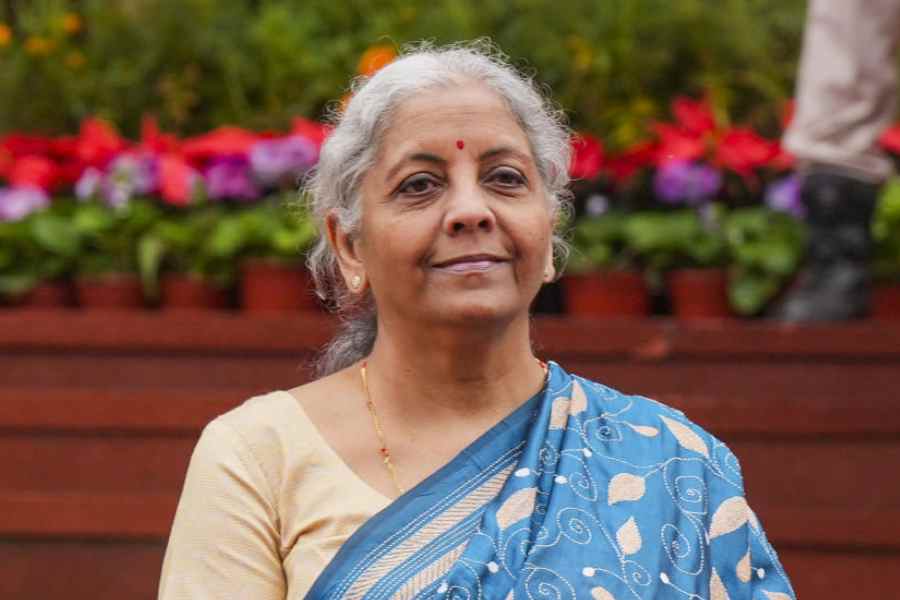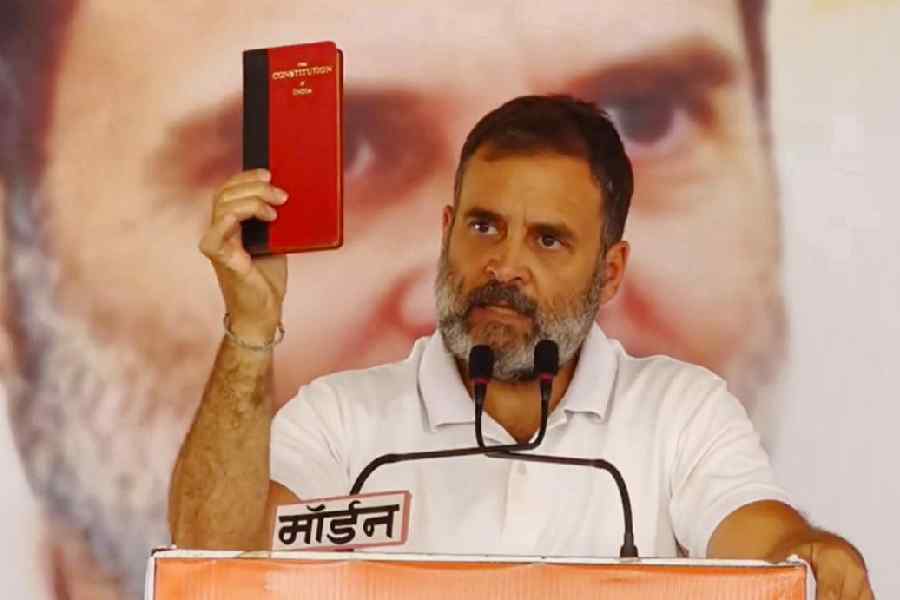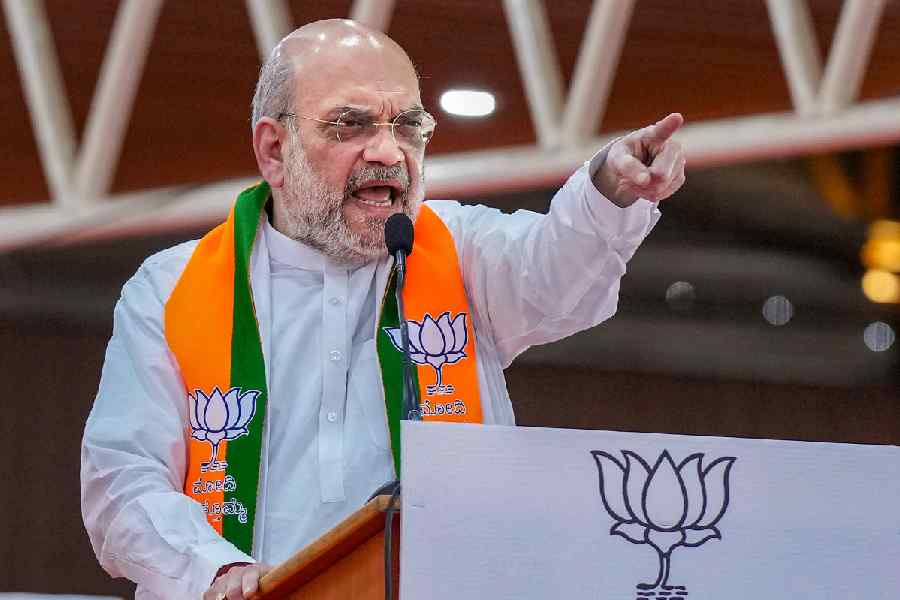India’s tradition of interim budgets dates back to R.K. Shanmukham Chetty’s first presentation on November 26, 1947, necessitated by the Partition. Chetty’s minimalist budget addressed immediate needs with minimal tax changes. C.D. Deshmukh continued the tradition in 1952, introducing a ‘white paper’ for transparency and turning a deficit into a surplus by cutting expenditures rather than raising taxes.
The distinction between an interim budget and a vote-on-account is significant in the context of this year’s budget. An interim budget, following the precedents set by Chetty and Deshmukh, allows for adjustments — albeit limited — in fiscal policies. In contrast, a vote-on-account, specified in Article 116 of the Constitution, is more restrictive, aimed solely at ensuring the government’s functioning without policy changes. Nirmala Sitharaman’s interim budget for 2024 reflects this approach, making cautious adjustments in anticipation of a more comprehensive fiscal plan by the incoming government post-elections.
Historically, interim budgets have been a chance for governments to highlight their achievements and announce new subsidies, loan waivers and freebies, influencing public perception before elections. While such sops help in garnering votes, they are fiscally disastrous and the multiplier effects are also limited. Against this backdrop, the current finance minister chose to focus on a decade’s performance without resorting to populist measures, emphasising long-term fiscal discipline and empowerment of people.
There were clearly four focus areas in the interim budget speech of the finance minister. First, the focus was on empowerment over fiscal dole-outs. The budget speech outlined several key programmes and initiatives aimed at sustainable poverty alleviation through empowerment of vulnerable sections. For example, the Lakhpati Didi scheme has already empowered over 80 lakh self-help groups and nearly one crore women by facilitating credit linkages and income-generating activities. The target is to assist three crore women to become Lakhpati Didi. Similarly, in a departure from the trend set by some leaders who announce free electricity as a populist measure, the Union government has chosen a path of empowerment with the introduction of the PM Suryodaya scheme. Unlike conventional promises of free electricity, this initiative leverages roof-top solarisation to provide up to 300 units of free electricity each month to one crore households. This approach not only aligns with the government’s sustainable energy goals but also fosters economic benefits and employment opportunities. Households can save significantly, up to fifteen to eighteen thousand rupees annually, by utilising free solar electricity and even earning from the sale of surplus power to distribution companies. Additionally, the scheme opens up a plethora of entrepreneurship and employment opportunities for vendors and youth skilled in the technical aspects of solar power installation and maintenance, marking a significant shift towards green energy and economic self-reliance.
Rather than relying solely on subsidies and transfers that have fiscal implications, the budget focuses on enabling vulnerable sections to participate in economic activities productively. For instance, it aims to improve farm productivity and farmer incomes by investments in agriculture infrastructure like irrigation, storage facilities and farmer-producer organisations. Efforts to boost growth in allied sectors like livestock, fisheries and food processing will provide additional employment and supplemental incomes. Such an empowerment-based approach is likely to have deeper and sustainable impacts on alleviating poverty.
Second, capital expenditure, which has been a key driver of the economic growth post-Covid, has been given further impetus. The budget outlines significant increases in capital expenditure over the next year, with the outlay rising 11.1% to Rs 11.1 lakh crore, which is 3.4% of the GDP. This builds on the massive tripling of capex spending over the past four years that had strong multiplier effects on growth. The three key economic corridor programmes covering energy, minerals, ports and high-traffic density routes are expected to improve logistics efficiency and reduce costs, accelerating GDP growth. The railways sector will also see upgrades of 40,000 rail bogies to modern Vande Bharat standards for safety and speed. Furthermore, sectors like aviation have seen a boost over the past decade and the expansion of airports and air connectivity will continue, facilitated by investments in supporting infrastructure.
On the energy front, green hydrogen and biofuels are priority areas where public sector units will be encouraged to invest with viability gap funding, helping build domestic capacity of 100MT in coal gasification and liquefaction by 2030. This will not only enable progress towards net-zero commitments but also reduce import dependence.
Third, the interim budget speech clearly articulated a vision for ‘Viksit Bharat’ that emphasises a prosperous nation in harmony with nature, boasting modern infrastructure, and offering opportunities for all citizens and regions to realise their potential. This vision is underpinned by economic policies designed to foster and sustain growth, facilitate inclusive and sustainable development, and improve productivity across the board. The government's approach, guided by the principles of "Reform, Perform, and Transform", seeks to build consensus with states and stakeholders to ensure effective policy implementation. A significant focus is placed on assisting states in accelerating the development of aspirational districts and blocks, thereby generating ample economic opportunities.
Fourth, the government remains committed to fiscal consolidation, with the current fiscal year’s deficit at 5.8% reducing to an estimated 5.1% for FY2025 and projected to decrease further to 4.5% by FY2026, surpassing expectations and enhancing investor confidence. While this was an interim budget, the next government will have to continue its focus on the gradual reduction in debt to buffer against unforeseen shocks. Achieving this could mean either sustaining real GDP growth at 7-7.5% or intensifying fiscal consolidation efforts to reduce the consolidated fiscal deficit further. There should also be a concerted effort to manage state deficits effectively, ensuring a balanced approach to debt sustainability. This strategy underscores the principle of ‘symmetrical counter-cyclicality’, emphasising the importance of building fiscal reserves in stable times to prepare for potential downturns.
In a nutshell, this interim budget doesn’t just subtly hint at the incumbent government’s confidence in returning post-elections but it also underscores a steadfast commitment to inclusive development. With an eye on the future and a blueprint for a ‘Viksit Bharat’, the budget cleverly sidesteps the usual pre-election giveaways, opting instead for more sustainable empowerment. It’s as if the government is saying, ‘Why just hand out fish when we can install solar panels and teach everyone to fish for photons?’
Bibek Debroy is Chairman and Aditya Sinha is OSD, Research, Economic Advisory Council to the Prime Minister. The views are personal










